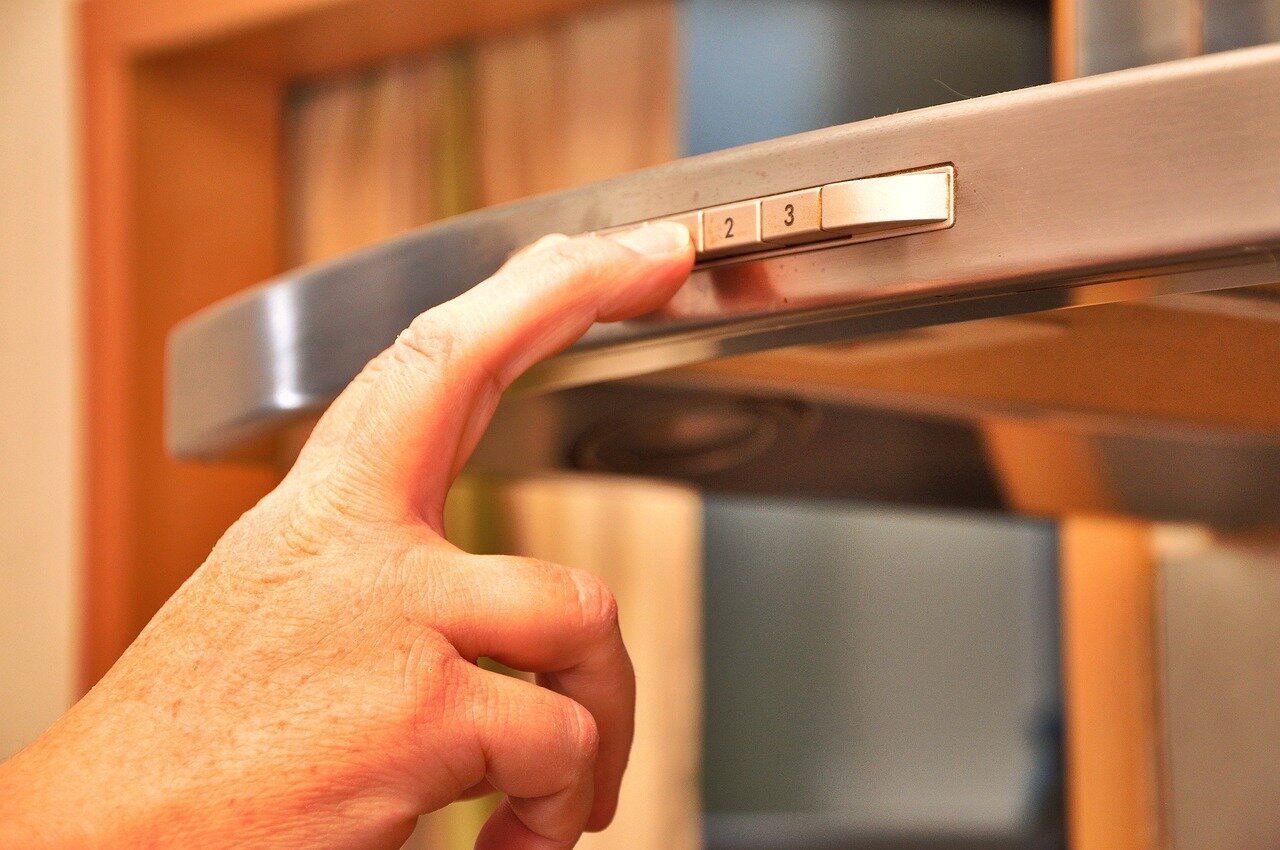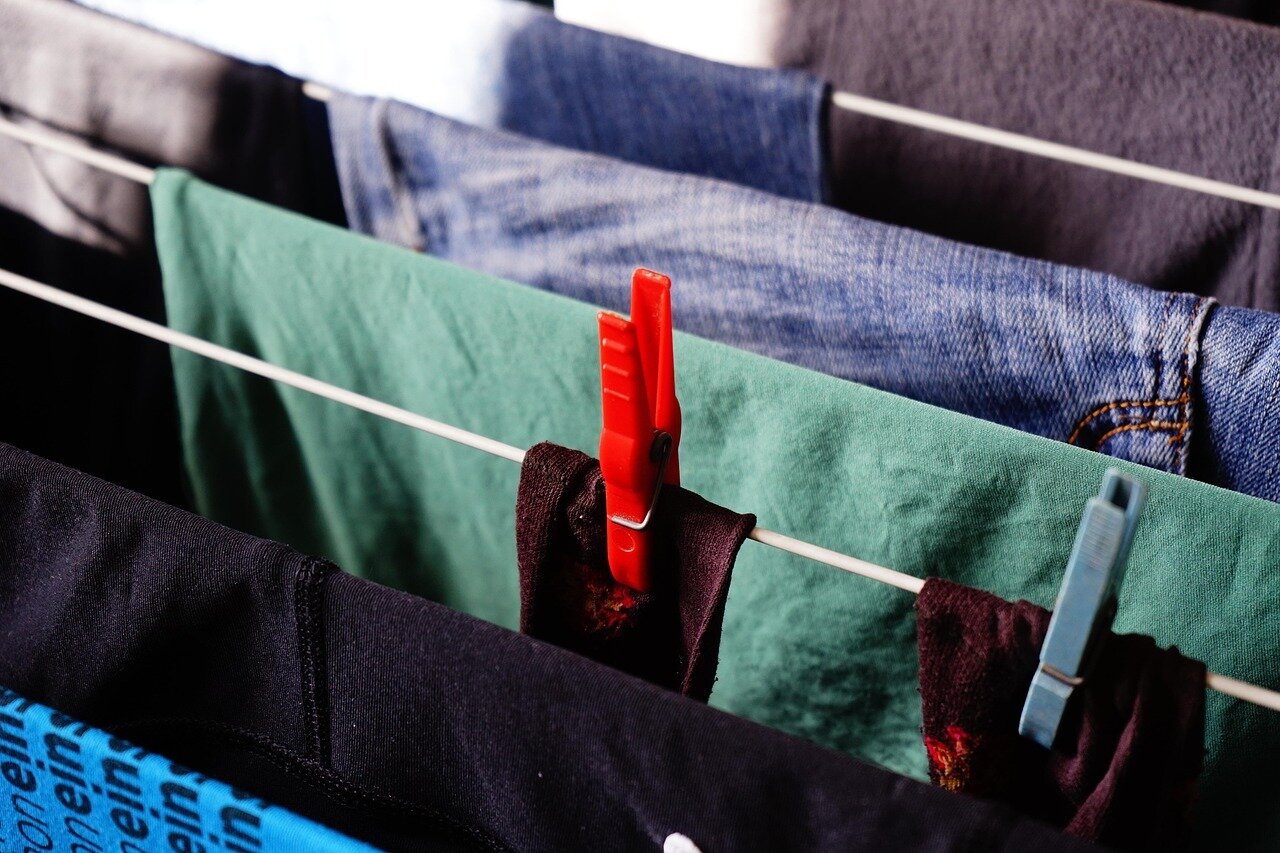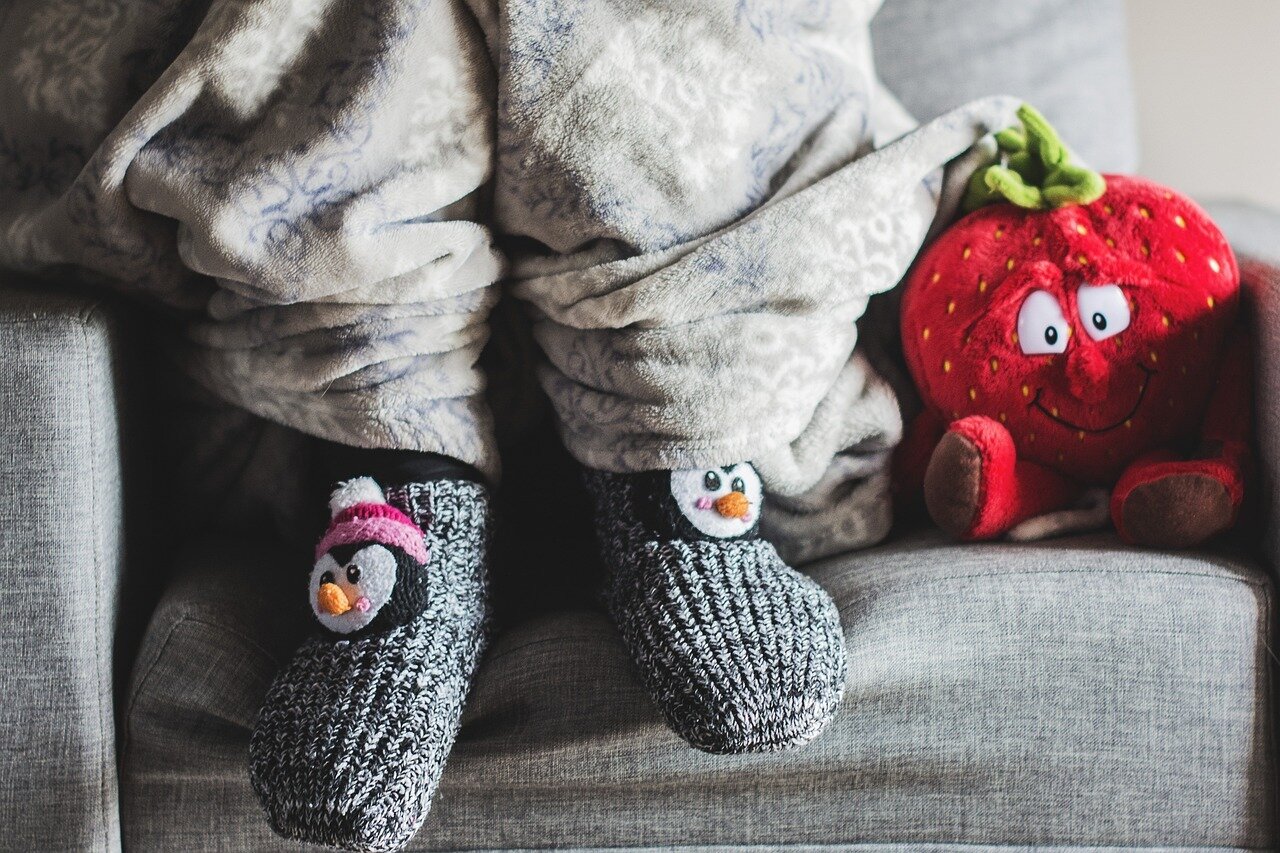How do you get ready for winter in a new build home? Whether you’re looking to buy and move into a new home over winter, or maybe this is your first winter in your new home, our tips for winter in a new build home cover everything from security to comfort. Take a look…

Lighting is very important at this time of year and even more so if you’re moving into one of the first homes on a new development. Most new build homes are finished with some form of outdoor lighting. These are usually found close to the main entrance of the property, so around the front door or porch. But with the dark mornings and evenings, you might want to look at some extra security lighting for your property.
And think about the back of your property too. While new build homes don’t come with a light at the back door, there is usually provision to include your own. If you are one of the first on a largely unoccupied development, having light to the rear of your property will make good security sense. The same goes if there’s access to the sides of your property, or near any garages. The more well-lit areas are, the more you will deter any unwanted visitors.

If your new build is still very much in the ‘new’ phase, then you should be using your extract fans around the home. This is because ventilation is vital for managing the moisture in your home. The reason for this is the drying process.
When you move into a new-build home, it can take up to 12 months for the walls to properly dry out. Homes during this stage are susceptible to condensation and mould. So, you want to avoid adding to the humidity of your home.
Even if you moved in during the summer months, you still need to be conscious of ventilation in the colder, winter months.

When the temperatures drop, you will probably be tempted to crank up the heating. But if you have recently moved into a new-build home, how you use the heating is important to know.
Once again, we need to remember the drying out process. Now, you might think that putting on the heating will assist the drying out process of your home, but it can actually have a detrimental effect by causing excessive shrinkage. On the flip side, by not having the heating on, you can cause condensation to build up.
So, what should you do for the best? Well, a good guide to work from is that bedrooms and bathrooms in your home should be no less than 18°C. And other living areas of the home should be around 21-22°C. And if you go away for a day or two, keep the heating on at a low level. By managing your heating wisely, you can keep yourselves warm and let your home dry out without issue.

It is a tricky one, especially if you have a big family and lots of laundry! Drying clothes inside the home will increase the moisture levels in your home, but there are some actions you can take to keep the humidity levels down.

The wonderful thing about soft home furnishings is that they tick two boxes. They add texture and colour to a space, so they’re a quick and easy way to bring style and design to your new home. But at the same time, they can help you keep warm and cosy when the weather’s frightful outside.
Autumn is the perfect time to get hold of fabrics and furnishings for your new-build home. The shops are full of plush cushions, warm blankets, and throws, even fluffy fleece bedding sets. Knowing that you will need to let your home go through the drying out process for a long period of time, soft furnishings will be your best friend for keeping warm and snuggled when it's cold and dark outside.
Get started finding and buying your dream, energy-efficient new home, in time for 2026. Whatever the size, wherever you hope to buy, we list hundreds of new build homes available for sale across the country. Start your search with us here.